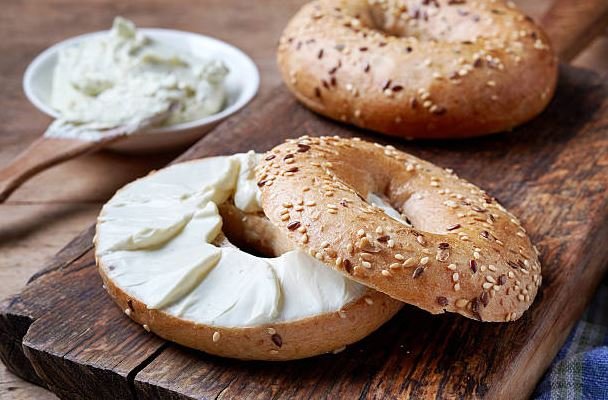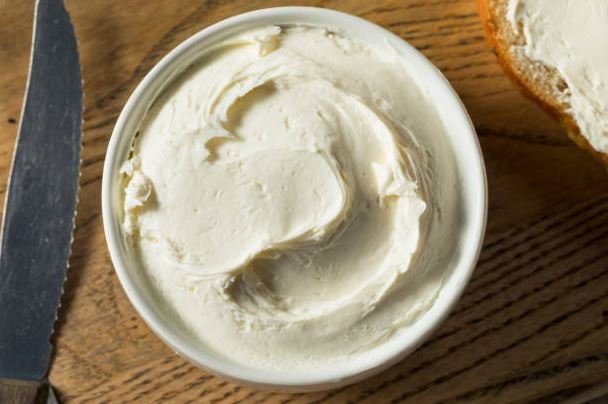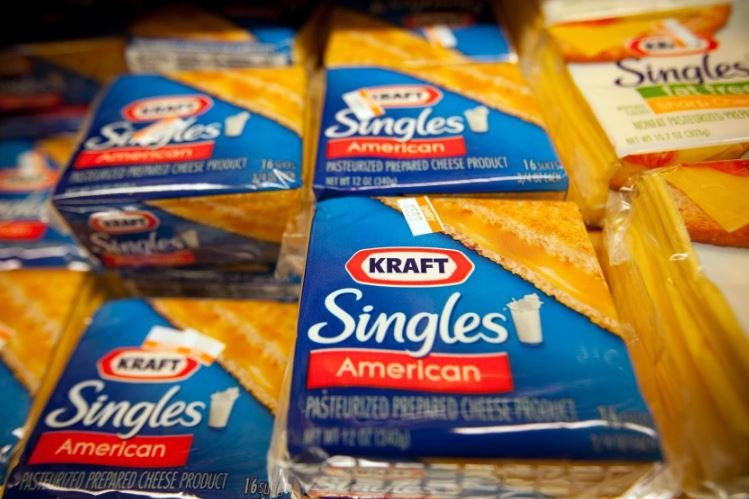Picture this: you’ve opened a bottle of your favorite red wine, enjoyed a glass or two, and now you’re left wondering how long you can keep the rest in the fridge before it goes bad. It’s a common question among wine enthusiasts and casual drinkers alike.
In this article, we’ll explore the shelf life of opened red wine in the fridge, signs of spoilage to watch out for, best practices for storage, and even how you can utilize leftover red wine for cooking. So, let’s dive in and uncover the secrets to prolonging the life of your cherished vino.
Signs of Spoiled Red Wine After Being Opened and Refrigerated
When determining whether red wine has spoiled after being opened and stored in the fridge, there are a few key indicators to watch for. The first and most apparent sign is a color change. If the wine has turned brownish or developed a murky appearance, it indicates that oxidation has occurred and the wine has likely gone bad.
Additionally, the aroma of spoiled red wine can be quite off-putting. Instead of the pleasant fruity or earthy notes you would typically encounter, spoiled wine emits a vinegary or musty smell. Finally, if the taste of the wine is flat or acrid, with no resemblance to its original flavor profile, it’s another strong indication that the wine has spoiled.
Best Practices for Storing Opened Red Wine in the Fridge
To maximize the lifespan of opened red wine in the fridge, following a few best practices for storage is crucial. Firstly, ensure the wine bottle is tightly sealed with its original cork or an airtight stopper. This helps prevent excessive exposure to oxygen, which can lead to oxidation and spoilage. It’s worth noting that while vacuum pumps can help remove some of the air from the bottle, they are not foolproof and may not be as effective as sealing the bottle with its original closure.
Secondly, store the wine bottle in the coldest part of your refrigerator, ideally at a temperature between 40°F (4°C) and 50°F (10°C). This temperature range slows the oxidation process, helping the wine retain its freshness for longer. Avoid storing red wine in the refrigerator door, as it is subject to greater temperature fluctuations when opened and closed.
Storing Position: Upright or on Its Side?
One of the longstanding debates among wine enthusiasts revolves around the ideal position to store opened red wine in the fridge: upright or on its side? Typically, wine bottles are stored on their side to keep the cork moist and prevent it from drying out.
However, this practice primarily applies to unopened bottles that must age for an extended period. When it comes to storing opened red wine in the fridge, the orientation is not as critical. If the bottle is tightly sealed, it can be stored upright or on its side without significantly impacting the wine’s quality or longevity.
Tips to Extend the Shelf Life of Opened Red Wine in the Fridge
Now that we’ve covered the basics of storing opened red wine in the fridge, let’s explore some additional tips to help extend its shelf life:
- Minimize exposure to air: Every time you open the bottle to pour a glass, you expose the wine to air, accelerating oxidation. To minimize this exposure, consider transferring the remaining wine to a smaller container that can be filled to the brim, reducing the air in contact with the wine.
- Use a wine preserver: Wine preservers, such as argon gas sprays or vacuum pumps, can help create a protective barrier between the wine and the oxygen in the bottle. This can significantly slow the oxidation process and extend the wine’s lifespan.
- Refrigerate promptly: As soon as you pour the desired amount of wine, seal the bottle tightly and return it to the refrigerator promptly. The longer the bottle stays at room temperature, the faster oxidation occurs and the shorter the wine’s shelf life.
- Avoid temperature fluctuations: Fluctuations in temperature can adversely affect the quality and longevity of the wine. As mentioned earlier, maintain a consistent temperature in your refrigerator and avoid exposing the wine to heat or direct sunlight.
- Consume within a week: While some red wines may last slightly longer when stored properly, consuming opened red wine within a week is generally recommended to enjoy it at its best. After that time, the wine may lose its flavor and freshness.
Using Opened Red Wine for Cooking Purposes
If you find leftover red wine you don’t plan on consuming before it spoils, fear not! There are plenty of ways to put it to good use in the kitchen. Opened red wine can add depth and complexity to various culinary creations. Here are a few ideas:
- Sauces and marinades: Red wine makes an excellent base for savory sauces and marinades. Whether you’re preparing a rich beef stew, a classic Bolognese sauce, or marinating a tender steak, incorporating red wine can elevate the flavors and add a delightful richness to your dishes.
- Red wine reductions: Reduce red wine on the stove to create a concentrated, flavorful sauce that pairs beautifully with roasted meats, poultry, or grilled vegetables. Simply simmer the wine until it thickens and intensifies in flavor, then drizzle it over your favorite dishes.
- Poached fruits: Red wine poaching liquid can transform ordinary fruits into exquisite desserts. Poached pears, cherries, or plums infused with the flavors of red wine and aromatic spices make for a sophisticated and delicious treat.
Potential Health Risks Associated with Consuming Opened Red Wine
While red wine can be a delightful indulgence, it’s important to be aware of potential health risks associated with consuming opened red wine, especially if it has been stored improperly or past its prime. Oxidized wine can harbor harmful bacteria and spoilage microorganisms, which may lead to foodborne illnesses if consumed. It’s essential to use your senses to assess the quality of the wine before drinking it. If you notice any spoilage, such as off-putting odors or flavors, it’s best to err on caution and discard the wine.
Additionally, suppose you have specific health conditions or are taking medications that may interact with alcohol. In that case, it’s advisable to consult with your healthcare provider regarding the consumption of red wine or any alcoholic beverages.
Can I Still Consume Red Wine That Has Been Open for Over a Week?
While consuming opened red wine within a week is generally recommended, the timeframe can vary depending on the wine’s quality and storage conditions. It’s best to rely on your senses and discard the wine if it shows signs of spoilage.
Can I Freeze Opened Red Wine to Extend Its Shelf Life?
Freezing opened red wine is not recommended, as it can alter its flavor and texture. The expansion of liquid during freezing may also cause the bottle to break.
Is It Necessary to Refrigerate Red Wine After Opening?
Refrigerating red wine after opening is advisable to slow the oxidation process and preserve its freshness. However, some lighter red wines can be enjoyed at room temperature if consumed within a day or two.
Conclusion
Opened red wine can last a few days to a week when stored properly in the refrigerator. To maximize its shelf life, seal the bottle tightly, store it in the coldest part of the fridge, and minimize exposure to air. While there are no guarantees, following these best practices can help prolong the freshness and flavor of your favorite red wine.
Remember, the signs of spoiled red wine include changes in color, off-putting odors, and unpleasant tastes. Discarding the wine to avoid potential health risks is better when in doubt.



















